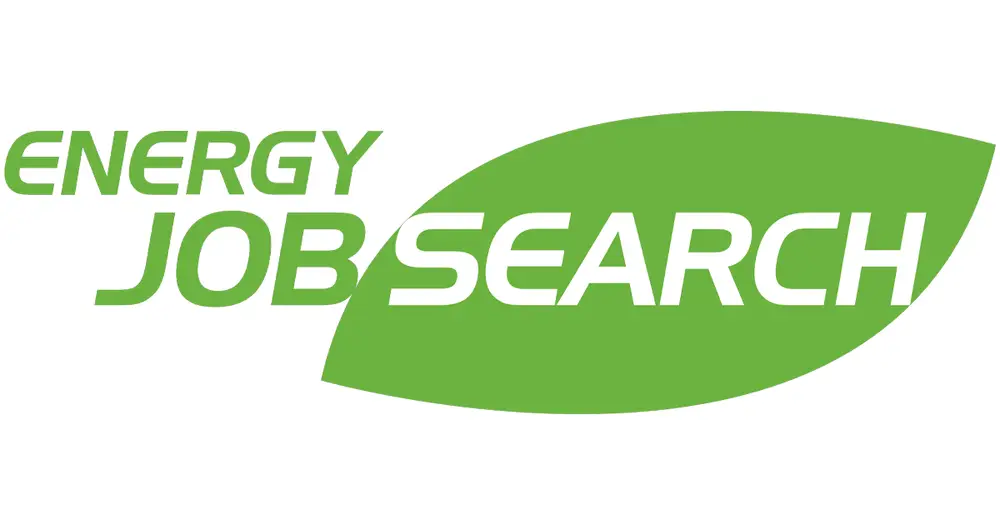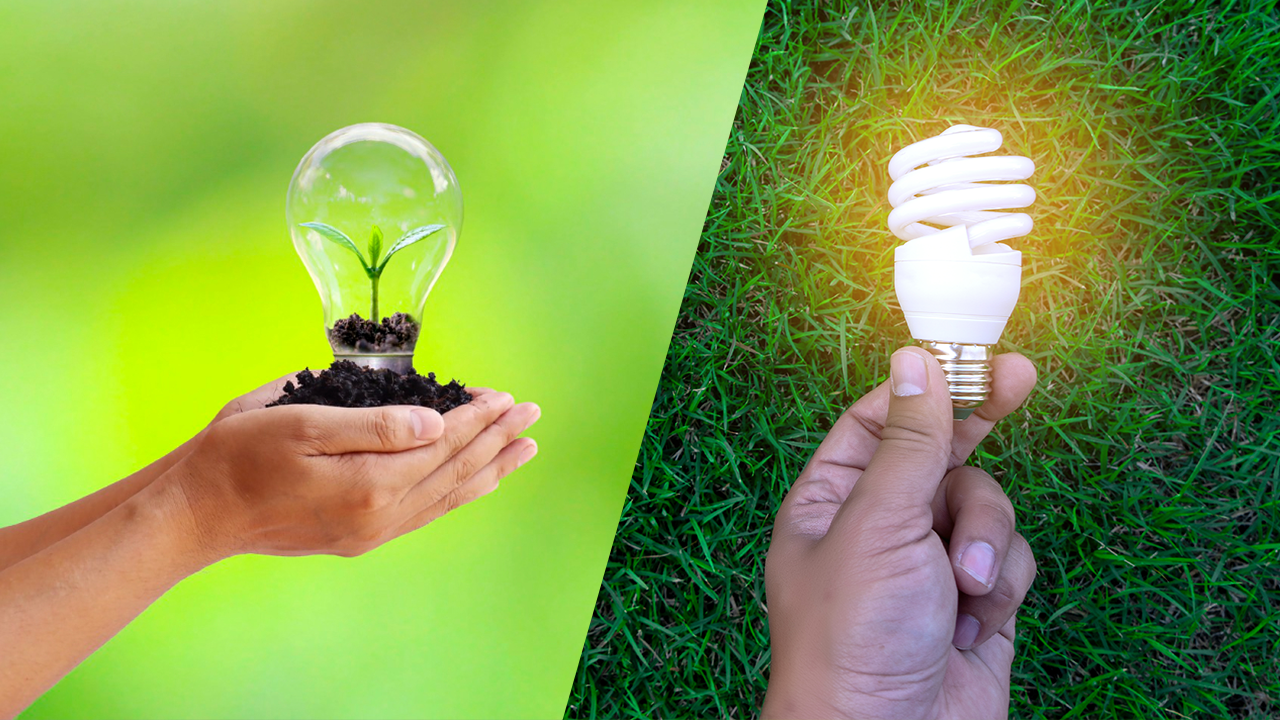People often use the terms energy conservation and energy efficiency to mean the same thing, but they don’t.
In the simplest terms, conservation is about using less energy, and efficiency is using energy smartly.
They are related and complementary terms, but their difference matters if you consider working in the energy field.
An energy company can’t change consumer behavior directly (consumption), but they can recommend how to interact with energy products and which (efficient) products are the best to invest in.
Companies, utilities, and government programs rely on both strategies to cut costs, reduce emissions, and meet performance targets.
If you’re entering the industry, knowing what each term means (and how they work together) may be a benefit and give you an edge.
Here’s a breakdown of how they compare, where they show up on the job, and why both matter for your future.
What Is Energy Conservation?
Energy conservation is using less energy by changing habits or behaviors.
If you turn off lights when you’re not using them, lower the thermostat at night, or unplug electronics, you’re practicing energy conservation.
This practice is low to no-cost and only requires you to modify what you do daily.
Consumers can also save money by conserving energy, which leads to lower electricity bills and helps reduce the demand on the electricity grid. Lower demand can help reduce the costs of electricity altogether.
Conservation focuses on reduction by the person using the energy rather than something that is done before it gets to them.
What Is Energy Efficiency?
On the other hand, energy efficiency is using technology to get the same output using less energy.
Energy efficiency relies on a manufacturer or utility to create an object that reduces energy use when the consumer uses it. The consumer or business isn’t required to change their behavior because they are becoming more efficient by using the product.
Energy-efficient products include: LED lighting, smart thermostats, and Energy Star appliances.
The products often require an investment or an upgrade over existing products, and the efficiency focuses on performance.
Efficiency may also include incentives like rebates for purchasing efficient products or services that allow the consumer to control appliances remotely.
Key Differences Between Conservation and Efficiency
Here’s a clear breakdown of how energy conservation and energy efficiency differ and where they overlap:
Definition
- Conservation: Reducing energy use by changing behavior
- Efficiency: Using technology to get the same results with less energy
Method
- Conservation: Manual actions (turning off lights, adjusting thermostat)
- Efficiency: Equipment upgrades (LED lighting, efficient HVAC, Energy Star appliances)
Cost
- Conservation: Usually free or low-cost
- Efficiency: Often requires upfront investment
Impact
- Conservation: Immediate but varies with consistency
- Efficiency: Long-term and built into systems
Permanence
- Conservation: Relies on daily habits
- Efficiency: Built into design or equipment
Overlap
An example of where they overlap:
- A smart thermostat is an efficient tool that also supports conservation by helping users adjust behavior based on real-time data
Why It Matters
Knowing the difference in energy jobs helps you recommend the right solution, whether upgrading a system or adjusting how people use it.
Both strategies show up in audits, reports, and day-to-day operations.
Why Energy Conservation and Efficiency Matter in the Industry
Energy conservation and efficiency matter for consumers because they reduce energy consumption, minimize environmental impact, and promote sustainable practices.
However, both strategies also reduce demand on the grid and lower carbon emissions, making them central to energy policy, LEED certifications, and utility programs.
They’re important enough that engineers, analysts, and technicians use both approaches in real-world projects to get the best, well-rounded result.
As a job seeker, if you understand both terms, you can accurately convey what your contributions to performance goals will be.
Jobs Where You’ll Use These Concepts
Energy conservation and efficiency show up in a wide range of roles. Some are in the field, and others are behind a desk.
Whether you’re analyzing usage or installing systems, these concepts are part of the job. Here’s where you’ll likely see them in action:
- Energy Analyst: Track data, identify trends, and recommend ways to reduce energy consumption. Analysts often work with spreadsheets, dashboards, and building performance software.
- Building Operator: Manage HVAC systems, lighting, and controls in real time. These roles involve tuning equipment for efficiency and keeping everything running smoothly.
- Facility Manager: Oversee the entire operation of a building or group of buildings. They balance performance, comfort, cost, and energy use often across multiple systems.
- Sustainability Coordinator: Set and monitor energy conservation goals for organizations. These roles involve reporting, policy writing, and supporting behavioral change across teams.
- Installer or Technician: Handle the physical setup of energy-efficient systems—everything from insulation and lighting upgrades to smart controls and solar panels.
No matter what role you choose, prioritize learning about important terms in the industry and developing your soft and hard skills.
From entry-level to managerial and higher, you’ll need to troubleshoot, solve problems, and work across teams. You’ll also want to understand how systems connect from controls and sensors to usage data and cost-saving targets.
Tips to Build Skills in Energy Conservation and Efficiency
Getting started doesn’t require a full degree or years of experience. Focus on building a mix of technical knowledge and hands-on understanding of how energy is used—and wasted.
Take a Short Course or Certification
Short courses and certifications can help you build credibility and give you the knowledge that hiring managers seek. Many of these can be completed online or part-time, and they introduce the tools, concepts, and systems used in real energy work.
Here are a few worth considering:
- LEED Green Associate: Focuses on sustainable building design and energy-conscious construction practices
- Building Operator Certification (BOC): Teaches hands-on skills in building systems, HVAC efficiency, lighting, and controls
- Certified Energy Manager (CEM): Covers advanced topics in energy auditing, performance analysis, and financial evaluation (best for mid-level goals)
- Energy Auditing Courses: Learn how to identify inefficiencies, gather data, and recommend upgrades in residential or commercial settings
- Fundamentals of Energy Efficiency: Introductory courses are often offered by utility providers, trade associations, or technical schools
- Smart Building Systems: Teaches how to work with modern facilities’ sensors, automation, and energy monitoring platforms.
These courses will help you learn and show employers that you’re serious about the work and ready to grow in the field.
Learn the Tools
Familiarize yourself with energy dashboards, smart thermostats, and building automation systems. Many are used in commercial settings and help track usage in real time.
Study Case Studies
Read real examples of successful energy-saving projects. Look for before-and-after data to understand how changes lead to savings.
Track Your Own Use
If you’re looking to enter the energy industry or are already working in it, tracking your own energy use is a great way to build hands-on experience.
It’s a simple task that shows you how small changes affect consumption and sharpens your ability to spot waste and recommend improvements.
- Start with your utility bills. Look at how your usage shifts month to month.
- Test a few adjustments: lower the thermostat, unplug idle electronics, shorten water heater run times, or swap in energy-efficient bulbs.
- Check your next bill to see what changed.
Use tools like the ENERGY STAR Home Energy Yardstick to take it further. This free tool lets you compare your home’s energy use to similar homes nationwide. It scores your performance and gives recommendations based on your zip code, climate, and household size.
This personal project builds the same habits and analysis skills used in paying energy jobs such as reading data, making changes, and measuring results.
It’s a practical way to prepare for or sharpen your role in the energy sector.
Look for Early Experience
Apply for internships or entry-level roles with utilities, municipal programs, or school districts. These often work on real energy performance goals and expose you to conservation and efficiency projects.
Conclusion
Energy conservation and energy efficiency work toward the same goal: using less energy.
However, they take different paths to get there. Conservation changes how we use energy. Efficiency changes the tools we use to do it.
Learning about the energy sector should be the first step as the industry shifts towards prioritizing conservation and efficiency. Start by reading articles on the EnergyJobSearch blog.
Understanding important terms is a great first step and gives you a strong foundation to start your career with.
These concepts show up in audits, system upgrades, and everyday decisions on the job. The more you know about how energy is saved and used, the more valuable you’ll be in any role across the industry.









